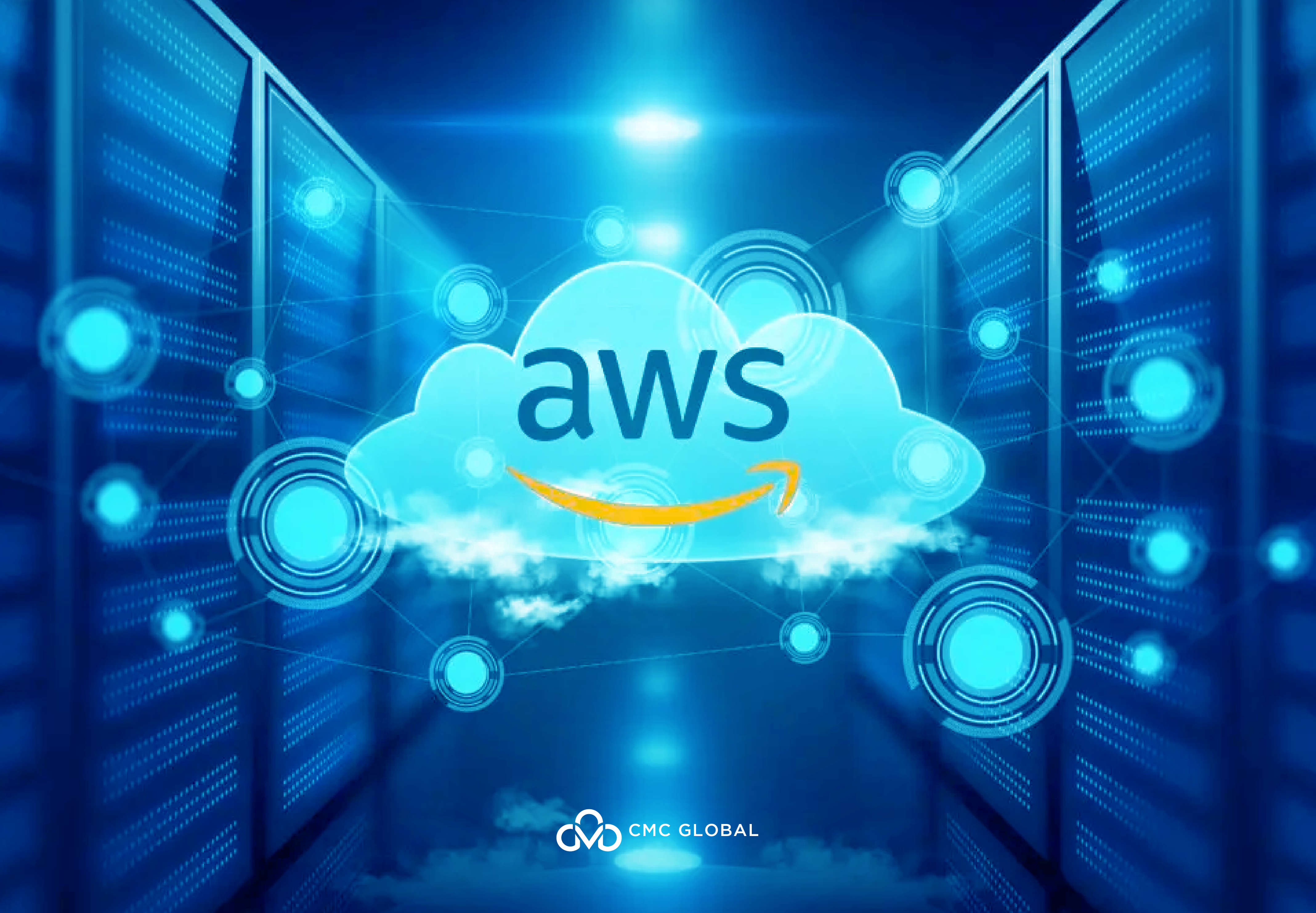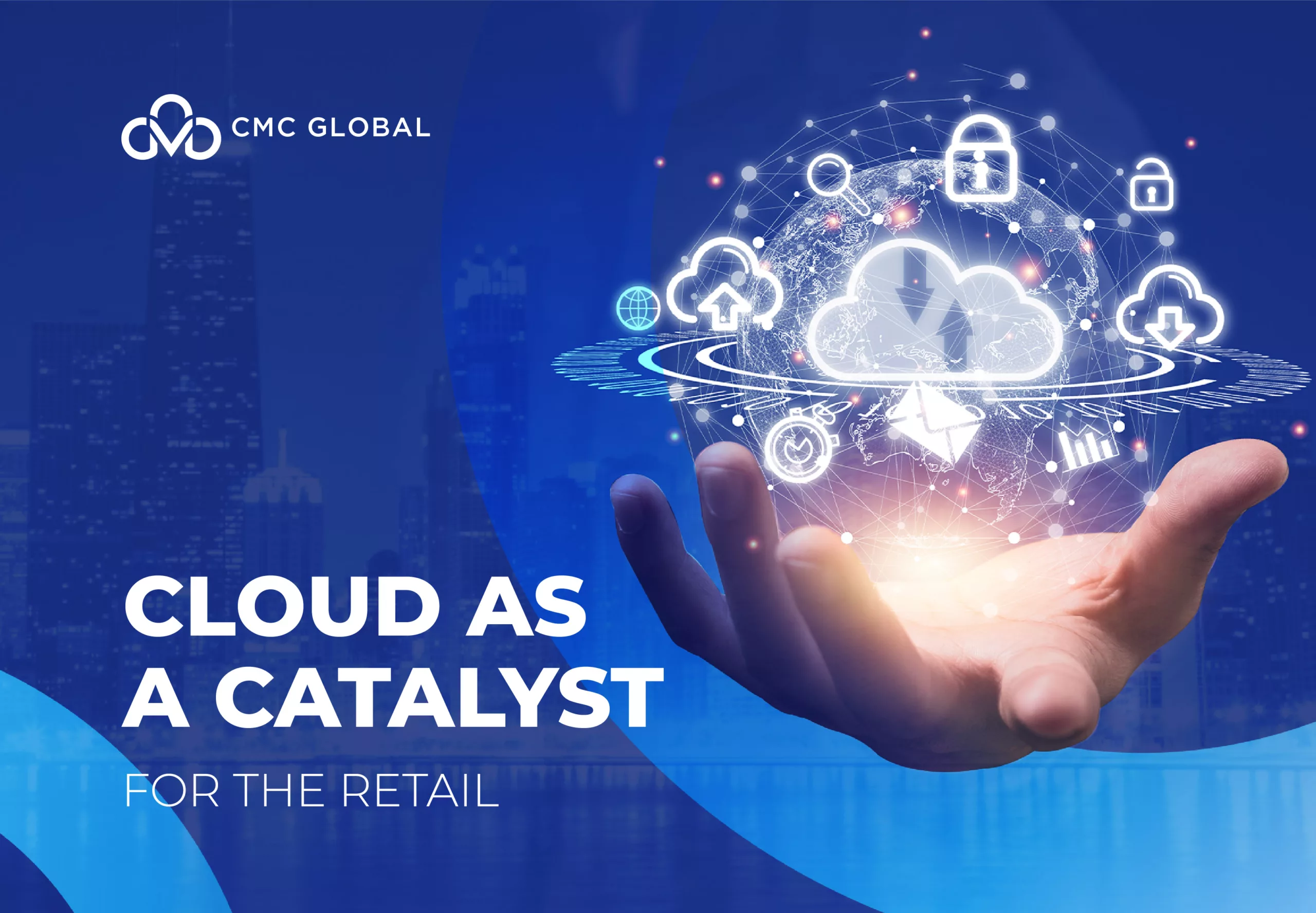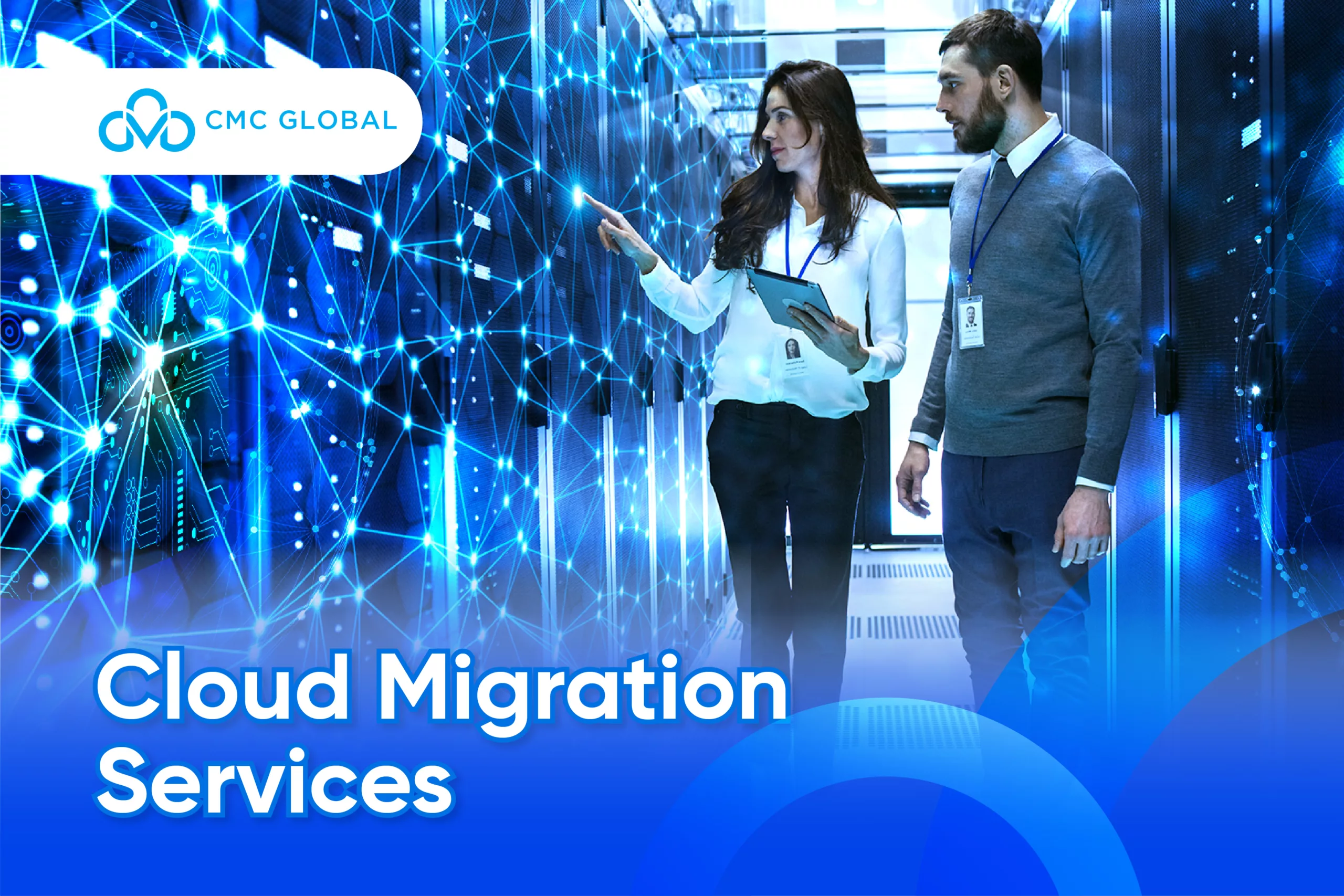Companies are increasingly integrating cloud computing into their business operations because of the many benefits they can gain from running their data on the cloud. Migrating to the cloud, however, is not an easy journey; there are a host of risks that you may encounter that can hinder your cloud transformation effort. In this article, we will address what those risks are and how you can avoid them. Let’s jump right into the details!
Risks In Cloud Migration & How To Avoid Them
1. Wasted costs:
The pricing model of cloud computing can feel foreign for companies who have gotten used to the way on-premises infrastructure costs which are investing in hardware upfront. With cloud computing, you only pay for the storage and computing capacity that you use.
This pricing model is designed for applications that run in short bursts, which means they only run when there are requests from users, otherwise, they stay off and don’t consume computing resources. If you have an application that runs all the time on the cloud, your bill will go through the roof in no time as you will have to pay for its constant resource consumption.
Solutions:
To avoid paying for wasted costs, you have to have a good understanding of how each of your existing applications operates so you decide which ones to go cloud and which ones to stay on-premises. There are also other practices to which you can refer to stay away from unnecessary costs:
- Retire unnecessary applications
- Rightsize your workloads
- Set alerts for exceeding preset spending thresholds
2. Security:
There are lots of risks involved in migrating data to the cloud, such as compliance violations, insecure APIs, misconfigured servers, malware, etc. While organizations are becoming increasingly aware of these risks, the number of companies that are confident in their ability to resolve security alerts when they arise is still small. One of the main reasons is many organizations are struggling to find either the skills or the staff to handle these risks.
Solutions:
Major cloud providers such as AWS, Microsoft Azure, and Google Cloud have invested heavily in their technologies to insure stored data in their data centers against cyber attacks. They also offer robust tools and solutions to help you secure your data during and after your cloud migration, but you still need to have DevOps engineers experienced with those technologies to help you make the right configurations.
Cloud service providers often provide cloud managed services where they will help you maintain, manage and secure your cloud data with activities such as:
- Encrypt sensitive data.
- Prevent unauthorized access to your data.
- Ensure access permissions are assigned and used correctly.
- Detect and prevent data breaches, exfiltration, or unwanted destruction of sensitive data.
- Conduct frequent backups on cloud systems to prevent data loss.
- Deploy a thorough disaster recovery plan to protect cloud data and systems from unplanned incidents such as natural disasters, power outages, cyber-attacks, and any other disruptive events.
3. Poor cloud migration plan:
Cloud computing is IaaS, Infrastructure as a Service, which means you will be dependent on a cloud provider for hardware and networking. Due to this dependency, you’ll have to decide whether you should migrate with one cloud provider or with multiple ones.
Each approach has its own advantages and disadvantages. If you use the one-provider approach, you can face the risk of vendor lock-in where you become locked into the provider’s technologies and unable to move to a different vendor.
With the multiple-provider approach, on the other hand, you can avoid vendor lock-in by having your code run on two or more platforms, but this will be more costly and demanding to execute as each cloud provider comes with different technologies and management tools. According to McAfee’s report, 78% of organizations have their data hosted on multiple cloud providers to mitigate risks.
Furthermore, depending on your existing data, you may have to decide what to migrate to the cloud and what to leave on your on-premises infrastructure. If you need to adopt a hybrid cloud as you have sensitive data, your plan needs to follow accordingly.
As you can see, migrating to the cloud is not as simple as copying and pasting; you will need a solid plan to do it properly. Here is what you can do to ensure a smooth transformation.
Solutions:
Instead of going about your cloud migration in an ad-hoc manner, do these instead:
- Identify why you need to move to the cloud
- Understand the four main types of cloud to decide which one suits you best
- Understand the 6 cloud migration strategies to decide which one suits you best
- Follow a step-by-step process for migrating to the cloud
- Hire a third-party vendor if you are not able to do the migration yourself.
4. Incompatible existing architecture
It will be much less of a headache to move to the cloud for organizations that have adopted the microservices architecture in their IT development. For those who are still on a monolithic architecture, there will be a lot more work and complexity to handle because they will need to refactor their data to make them fit for the cloud.
Solutions:
- Find a team of specialists to assess your existing infrastructure.
- If you have to refactor your architecture to move to the cloud, but you are not ready yet, stay where you are. If you have got the means to move, then go for it.
5. Increased latency
The increased latency is one of the most serious problems in cloud migration. Latency is not much of an issue for businesses that don’t need an instant response from their applications, but it can be life-and-death in industries where a few seconds of delay can frustrate users and cause serious damage to the business, such as financial services, IoT devices, video streaming services, cloud gaming platforms, etc.
Solutions:
To solve increased latency, you need to understand what causes it first, which is the geographical distance between the servers and the users’ device, so you can fix latency issues by:
- Adopting a hybrid cloud where functions that require an instant response are stored in an on-premises infrastructure near their operations.
- Choosing a cloud provider with data centers near where your users access your service.
6. Data loss:
During the cloud migration process, you may encounter issues such as corrupt, incomplete, or missing files, so it’s essential to make sure that all your data is backed up beforehand. You can easily prevent losses or correct any errors by storing the original data from your backup.
Solutions:
- Keep a backup in the cloud so you can restore your data in case of data loss; anything from a power outage or security breach can cause such losses without your knowledge.
- Adopt a multicloud approach so you can move your data between different platforms in case of unexpected downtimes from any provider.
7. Adoption Resistance
Cloud migration sometimes can bring about disruptive changes to your current business processes, especially when you have to re-architect your applications to make them cloud-native. This means to have a successful operation in your cloud environment, you’ll need to get everyone in your organization to join this transformation.
Solutions:
- Make sure that the top leaders in your company understand the benefits of migrating to the cloud and have them lead the entire organization through the transition.
- Invest in expert training and resources to guide everyone on how to work with the new processes, tools, and technologies.
- Designate a dedicated team to provide support regarding technical issues.
8. Lack of Cloud Visibility
The lack of cloud visibility is a serious problem that can cause big security risks and performance issues. Cloud visibility is the ability to get a detailed view of all activities in your cloud system; in other words, it’s the ability to access any data that tells you about what is going on in your system. This view allows you to identify security threats and inefficient performance.
With on-premises infrastructure, you can maintain a high level of visibility over your system as you own and can access any part of your hardware, which means you can have total control of your security, as well as identify underutilized resources.
In the cloud, you don’t own the infrastructure on which your data resides and you also don’t control the network that your data runs through, and therefore you’ll be dependent on your cloud provider to provide you with information about what is happening in these areas.
A recent survey from Dimensional Research shows that most companies have a low level of visibility with their public cloud environments, and the tools and data supplied by their cloud providers are insufficient. This has caused the inability to diagnose application performance issues and monitor service-level agreements. It has also caused delays in identifying and resolving security vulnerabilities and exploits.
Solutions:
Today you no longer have to depend on cloud providers to supply you with visibility into your cloud system as there are many third-party tools on the market created for this particular purpose. Equipping your IT team with such a tool will enable you to gain a high level of visibility.
Final Words
Migrating to the cloud is undeniably beneficial for businesses, but being unaware of potential pitfalls that you may encounter in this environment can hinder your business operations. Keeping this list of 8 unknown risks in cloud migration will spare you various unnecessary mistakes, as well as help you maximize your gain from cloud computing.
If your company doesn’t have the expertise to execute your cloud migration project in-house, it’s best to find a good cloud migration service provider to help you.
CMC Global is among the top three cloud migration service providers in Vietnam. We operate a large certified team of cloud engineers specializing in Amazon AWS, Microsoft Azure, and Google Cloud who are able to migrate your legacy assets to the cloud in the most cost-effective way and in the least amount of time.
For further information, fill out the form below, and our technical team will get in touch shortly to advise!




